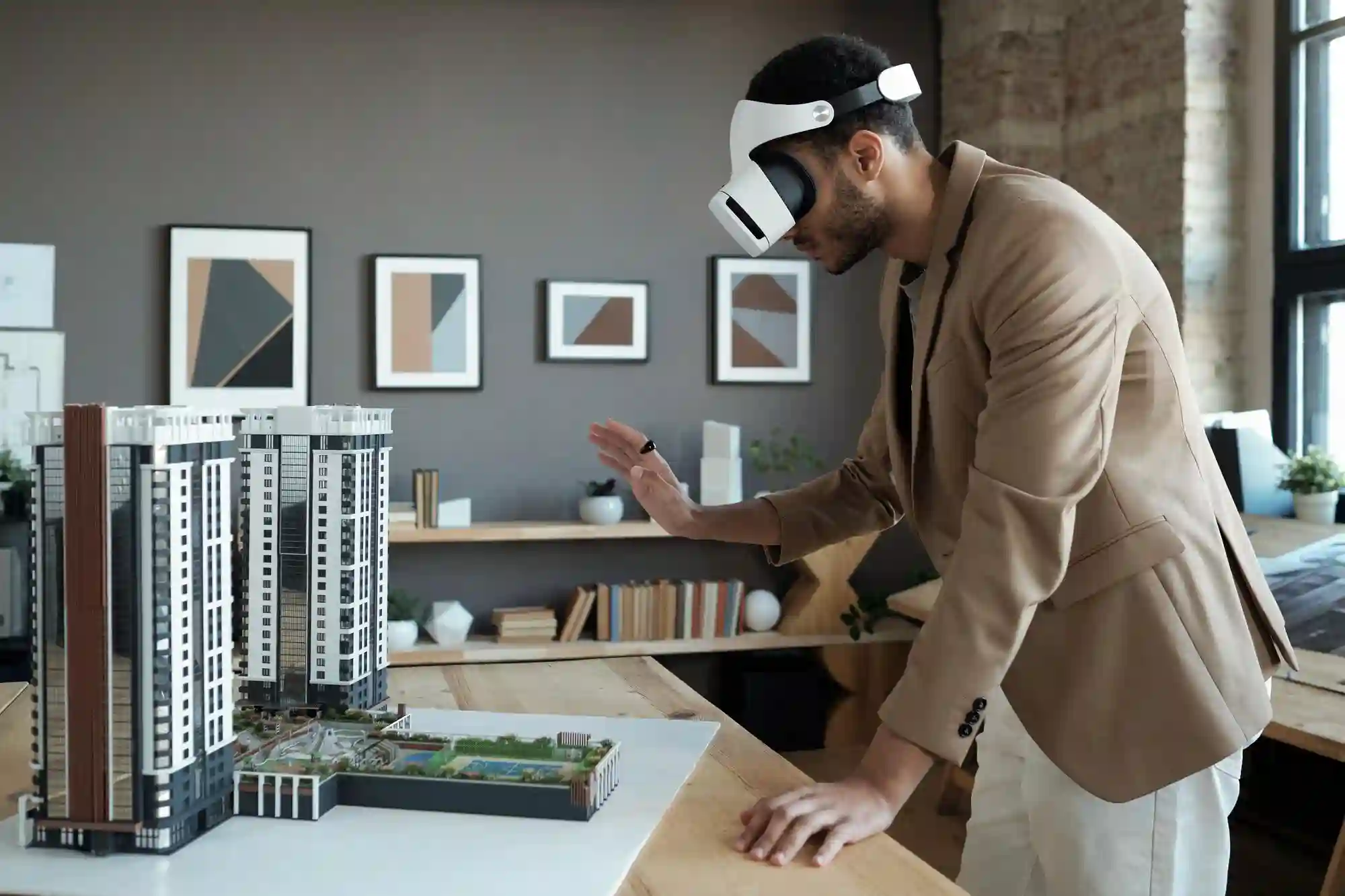The 5 Most Anticipated Game Development Technologies of 2025
by Animatics Asset Store in Blog on December 9, 2024The tantalizing horizon of 2025, a year that promises to bring us flying cars, sentient AI, and maybe, just maybe, a gaming experience that doesn’t glitch right before a crucial save point. While we wait for those marvels, though, it’s the game development technologies of 2025 that are truly stealing the spotlight. With breakthroughs in real-time rendering, artificial intelligence in games, and multiplayer networking frameworks, the future of gaming has never looked brighter. Let’s dive into what has us all so excited (and possibly a bit nervous).
1. Quantum Computing: Gaming’s New Frontier
Imagine a world where load times are a relic of the past. Welcome to the future of quantum computing, where speed and complexity reach unparalleled heights. Quantum computers promise to crunch numbers at warp speed, allowing for deeper simulations, richer game environments, and advancements in game physics simulation that developers have only dreamed of.
Take the Turing Test, for example. Quantum computing might actually achieve what Alan Turing only theorized, a world where artificial intelligence in games feels indistinguishably human. AI opponents powered by quantum technology could predict your next move, adapt to your play style, and deliver dynamic challenges. It’s not just smarter NPCs; it’s game worlds evolving in real-time based on your decisions.
Quantum computing is also expected to revolutionize procedural content generation, enabling developers to create vast, unique game worlds without the need for painstaking manual effort. For players, this means every game session could feel fresh, unpredictable, and infinitely replayable.
2. Augmented Reality (AR): Blurring Realities
Yes, Pokémon Go gave us a glimpse of augmented reality, but 2025 is set to take AR to unimaginable levels. Developers are harnessing game engines like Unity and Unreal Engine to create persistent AR experiences where fantasy overlays reality with unmatched precision.
Imagine starting your morning commute and encountering dragons perched on rooftops or treasure chests hidden in the park. These persistent AR experiences will likely leverage cross-platform development tools to ensure players can interact seamlessly across devices, bridging mobile, AR glasses, and more. It’s the promise of living inside your favorite fantasy world minus the real-world existential dread.
By combining real-time rendering with advancements in multiplayer networking frameworks, AR experiences can also become profoundly social. Think of live multiplayer AR battles or quests spanning weeks, where players worldwide interact in a shared, dynamic environment.
3. 5G and Beyond:
The transition to 5G has already begun, but what comes next 6G or another technological leap is poised to redefine connectivity. For mobile game development tools, this means faster data transmission, lower latency, and seamless multiplayer gaming. Forget lag; with hyper-connectivity, players worldwide can enjoy synchronized gameplay as if they were in the same room.
Cloud gaming platforms will thrive in this new era, offering players high-quality gaming experiences without requiring powerful hardware. Multiplayer networking frameworks will evolve to support massive, global player bases, enabling games to host battles, races, or quests with thousands of players simultaneously.
For developers, this also means cross-platform development becomes simpler, as the connectivity gap between devices narrows. Whether you’re on a PC, console, or mobile, the experience remains consistent, immersive, and profoundly social.
4. Virtual Reality (VR):
The future of virtual reality game design is all about making the unreal feel real. By 2025, VR headsets will be lighter, more affordable, and equipped with real-time rendering capabilities that make every environment visually stunning. Coupled with motion tracking and haptic feedback, the line between player and game will blur further.
One of the most exciting advancements in VR is its ability to integrate game physics simulation, allowing for more natural movements and interactions. Want to swing a sword in VR and feel the weight of the blade? Procedural content generation will also shine here, creating vast, unique virtual worlds that feel alive and infinite.
For developers, tools like 3D modeling software and VR-specific game engines are making it easier to create realistic, interactive environments. These innovations promise to make VR gaming a mainstream phenomenon, appealing to casual gamers and hardcore enthusiasts alike.
5. AI in NPCs: Characters with Personality
NPCs (non-playable characters) have come a long way from their static, repetitive dialogues. By 2025, advancements in artificial intelligence in games will bring NPCs to life like never before. Imagine NPCs that adapt to your actions, remember your interactions, and evolve as the game progresses. These characters will no longer be background fillers, they’ll become integral to the storytelling experience.
AI will also revolutionize game physics simulation, allowing NPCs to interact with the environment and other characters dynamically. Whether it’s a village elder offering new quests based on your reputation or a rival who learns your strategies, NPCs will be smarter, more relatable, and deeply engaging.
This level of intelligence will require collaboration between multiplayer networking frameworks and game engines to ensure easy interaction across vast, player-driven worlds. The result? Truly responsive, living game worlds where every character feels meaningful.
Conclusion: The Bright Horizon of Game Development Technologies
The game development technologies of 2025 promise a future where games are more immersive, dynamic, and accessible than ever. From quantum computing to virtual reality game design, these advancements are redefining what’s possible in storytelling, design, and player engagement.
But with these breakthroughs come challenges. Developers must master 3D modeling software, real-time rendering, and procedural content generation to create experiences that meet players’ growing expectations. Likewise, players will need to adapt to a world where gaming isn’t just entertainment, it’s a fully fascinating, social, and interactive medium.
Are you ready for the future of gaming? Share your thoughts, and let’s explore this brave new digital world together.






